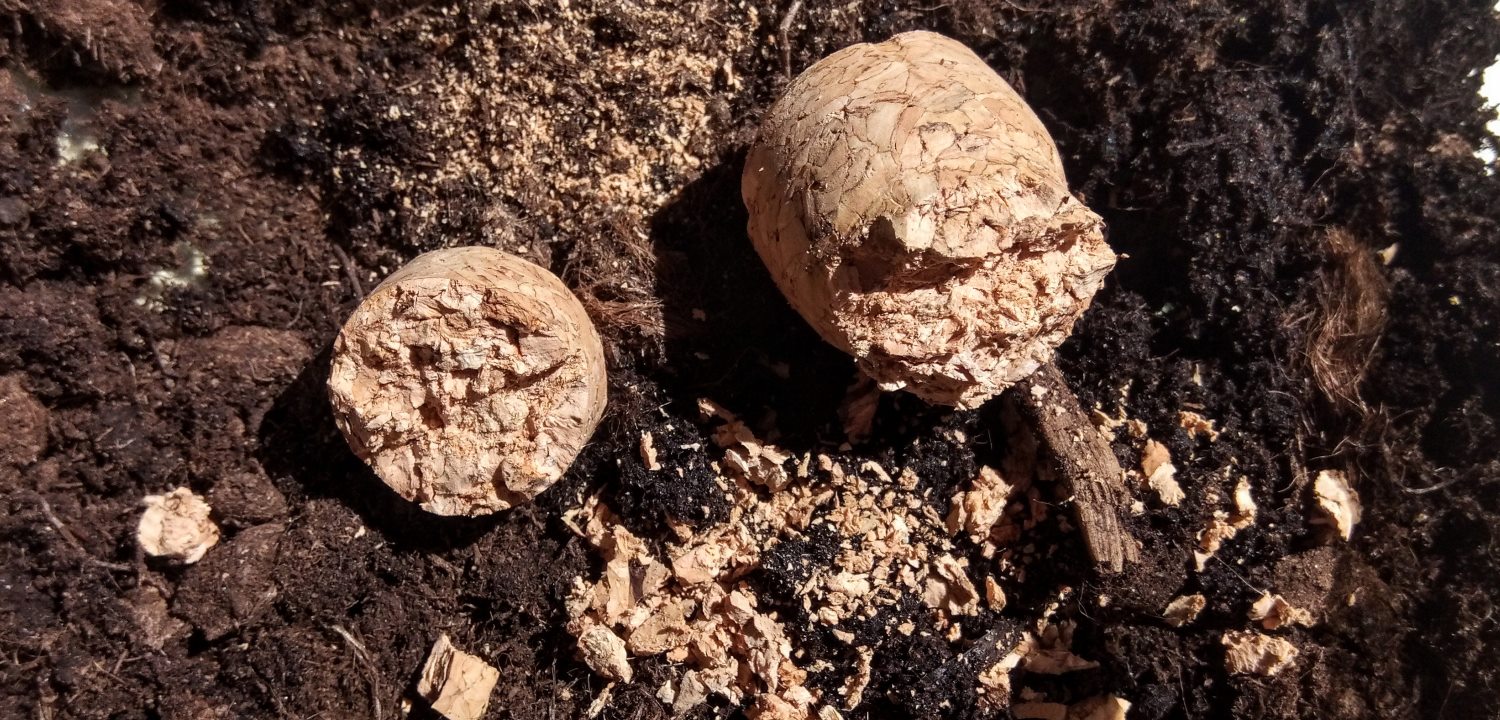A quick Google, will reveal a huge number of things that you can do with wine corks. The problem is that most of them involve sticking them all over the walls of your house or creating questionable decorations and bits of furniture out of them.
There seem to be an insane number of articles on the net telling me to use my old corks to make a noticeboard, a trivet, place card holder, to cover my walls, or make a cork wreath. Why on earth would I want a cork wreath? If you are looking for instructions to make any of those things or anything vaguely similar then you are in the wrong place.
I don’t want to do any of that because it really doesn’t fit with my sense of aesthetics, but I also don’t want to throw corks in the bin, so I’ve had a think/research, and come up with the following things that they are actually useful for, and that don’t offend my eyes.
First off you could just send them to a cork recycling scheme. Of course this depends on where you are in the world but a lot of countries have them, you take your used corks to a local drop off point or send them by post. Some schemes even pay for your postage. Examples are Recorked in the UK and ReCORK in the US and Canada.
That’s not so much fun though, so why not try…
… garden stuff
Whole corks will biodegrade eventually but they won’t do it very fast. If you chop them up into little bits (possibly using a food processor) then you can use them as mulch or throw them into a compost heap.
If you don’t cut them into such small pieces but leave them as bigger chunks then they make excellent drainage in the bottom of plant pots.
… useful kitchen tricks
If you have high carbon kitchen knives then it is easy to scratch them by using an abrasive cleaning pad. You can avoid it by putting some washing up liquid on a cork and scrubbing them with that instead. I know it sounds weird, but it works!
The next two are a bit contentious, you will find plenty of people, professional chefs included, who will tell you that each one works and then you will find an equal number of people, other chefs included who will tell you that each one is utter rubbish, so you be the judge.
If you throw a cork into a pot where you are cooking squid or octopus, it helps to tenderise them and helps prevent them from going rubbery.
Apparently, putting a cork into a frying pan will raise the burning point of the oil and therefore stop it burning. I have no idea of the science behind this, and I haven’t actually tried it yet, but I have read the same thing in quite a few different places. Anyone tried it?
… amusing children and animals
We might not be into crafty stuff but kids like to be messy and creative, make stamps out of used corks and enjoy coloured patterns all over the place; walls, floors, white clothing.
If you happen to have a feline prowling around the place then you can also give them a cork. It’s hardly a great way of recycling as ultimately you still have the same cork later, but I have never met a cat who didn’t love playing with wine corks.
… making things float
Pretty self explanatory really, corks floats, things that aren’t too heavy that corks are attached to also float. Going kayaking and taking your house keys with you? Attach them to a cork! Going fishing and need a float? You get the idea.
… or making them burn
Cork doesn’t burn easily and is naturally pretty fire resistant, but it’s also really useful for starting fires. Keep old corks soaking in a jar of rubbing alcohol, or other highly flammable liquid, and then you can use them as firelighters to get nice and toasty in the winter, or get a summer barbecue going nicely.
Oh, and if you really do feel the need to stick corks on to a surface and create something wonderful, then take inspiration from Scott Gundersen, and his actually quite epic creations. You are going to need to get through a lot of wine to make one though.

